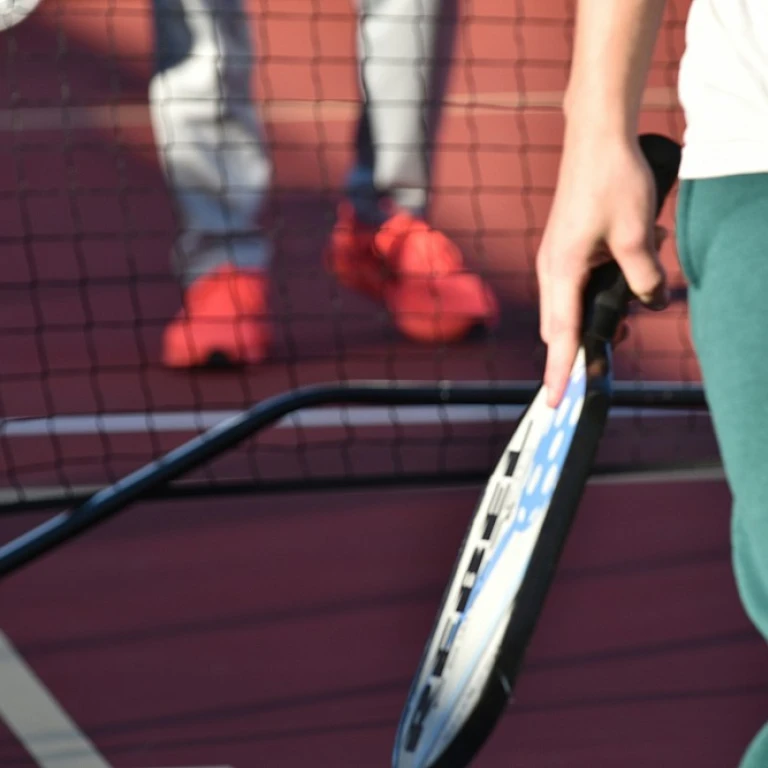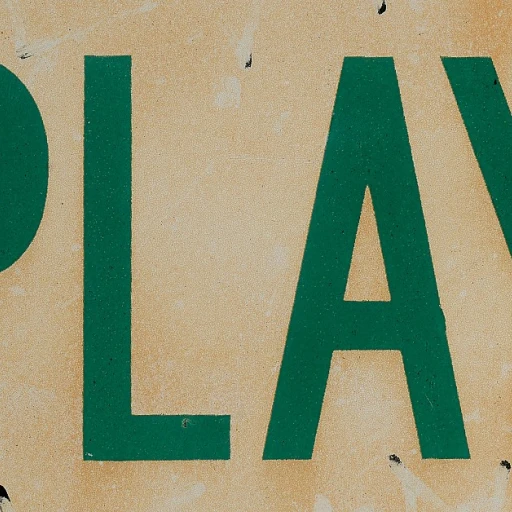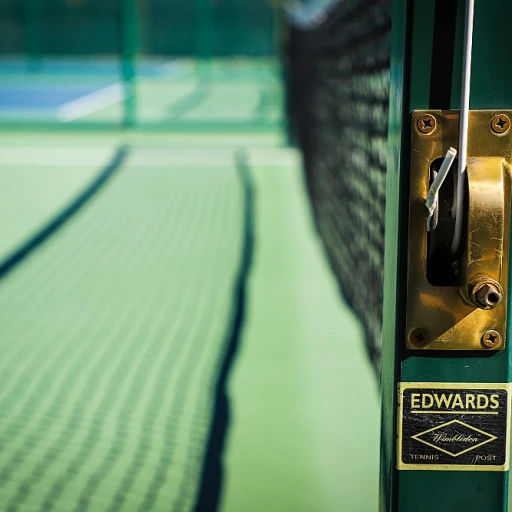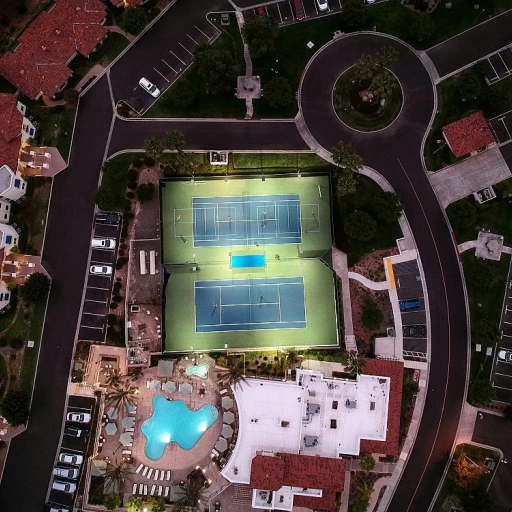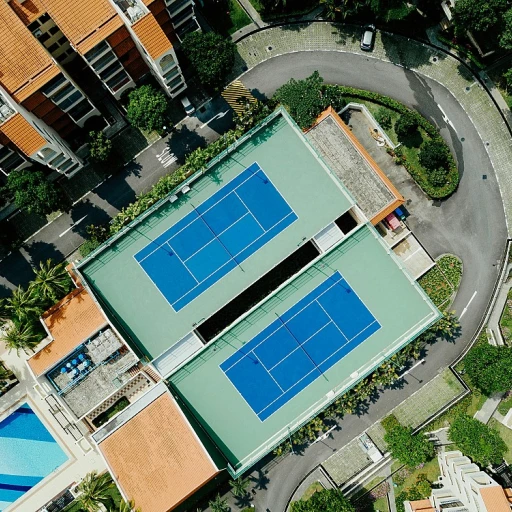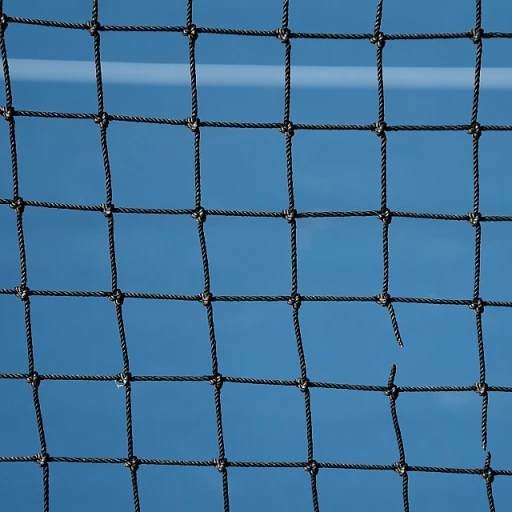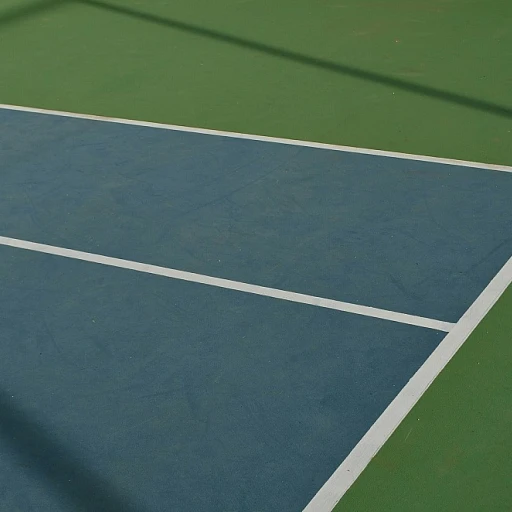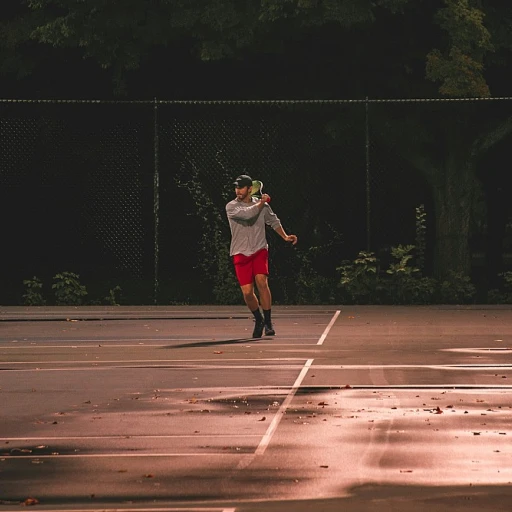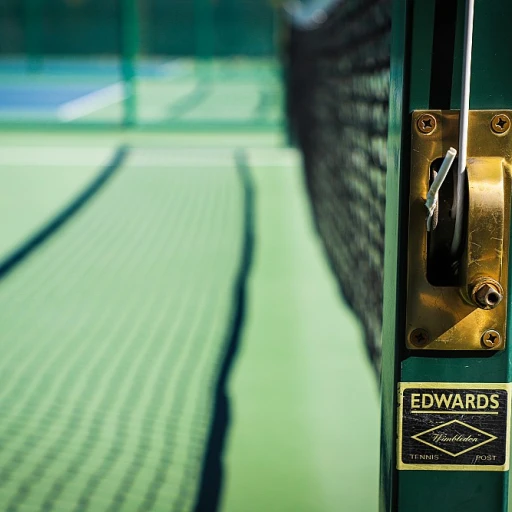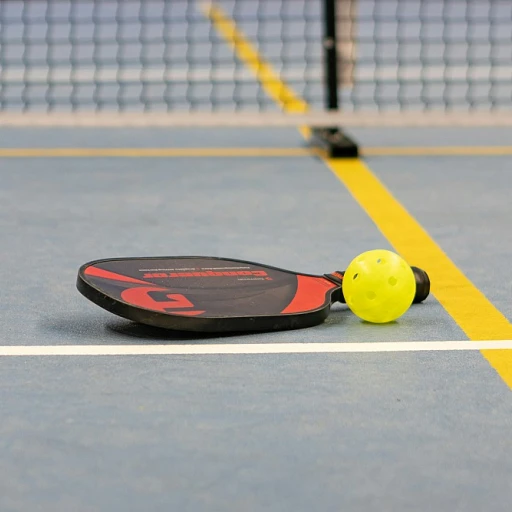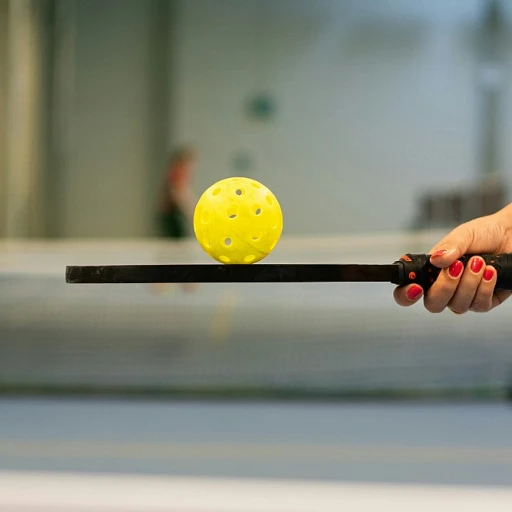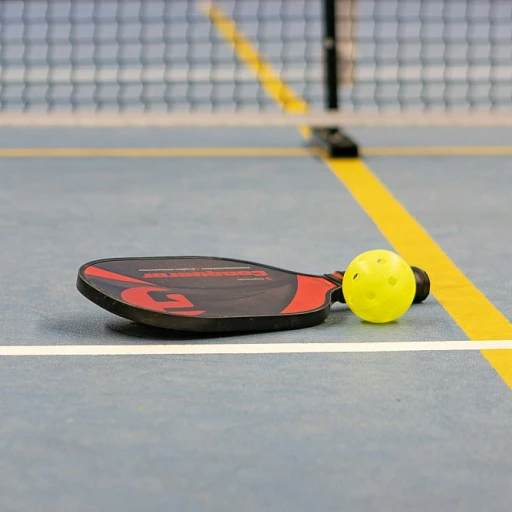
Understanding the Role of Wooden Paddles in Pickleball
The Appeal of Wooden Paddles
Wooden paddles have been a staple in pickleball since the sport’s inception, favored for their classic feel and durability. While advancements in paddle materials have introduced options like graphite, carbon fiber, and fiberglass, the appeal of a wooden paddle remains strong among players seeking control and traditional gameplay.
For those just venturing into the world of pickleball, understanding the core dynamics of a wooden paddle is crucial. They offer a unique sweet spot and manage to balance power and control, making them an excellent choice for beginners. New players often find the simpler design and reliability of wooden paddles beneficial as they learn the game. These paddles present an opportunity to better hone skills before graduating to more advanced options like composite graphite or carbon.
Wooden paddles, despite their easily recognizable classic look, come in different varieties to suit the different tastes of players. These paddles might not match the premium features of graphite paddles in terms of technology, but wood offers an unparalleled feel that many players appreciate. Options range broadly in terms of weight, size, and grip size, allowing players to select what best suits their play style.
Overall, while new materials such as carbon and fiber continue to evolve, wood paddle enthusiasts embrace the tactile feedback and the link to the sport's origins. The quaint charm of traditional paddles indeed offers a distinctive experience, albeit accompanied by specific challenges that must be considered for optimal play.
Advantages of Using a Wooden Paddle
The Perks of Opting for Wooden Paddles
In pickleball, choosing the right equipment can significantly impact your game. Wooden paddles have their own set of benefits that attract players, especially those who appreciate certain qualities unique to this material.
One notable advantage of wooden paddles is their affordability. These paddles are generally less expensive than their composite graphite or carbon fiber counterparts, making them a popular choice for beginners or players who are testing the waters in pickleball.
The wood material of these paddles often provides a classic feel that resonates with many players. The solid construction contributes to a certain paddle feel that some players find gives them better control over their shots. This ability to manipulate the ball with precision can be crucial for improving one’s play technique in the game.
- Durability: Wooden paddles are known for being robust and long-lasting, allowing players to enjoy extended use without worrying excessively about wear and tear.
- Control: Many players seek the distinctive control wooden paddles offer, thanks to the weight and density of the material.
- Grip Variability: With the option to customize the grip size or surface, players can create a more tailored paddle, enhancing the comfort and effectiveness of each game session.
- Sweet Spot: Advanced players recognize the potential for a larger sweet spot, offering more consistent shots when the ball connects with the paddle's surface.
However, it's crucial to weigh these advantages against some of the challenges associated with wooden paddles. For more insights into how these challenges compare to other materials, check our detailed analysis on exploring the features of different paddles.
Challenges Faced with Wooden Paddles
Finding Balance Between Control and Power
Players who opt for wooden paddles in pickleball often encounter a set of challenges tied to the very nature of the paddle material. Compared to composite graphite, carbon fiber, or fiberglass, wooden paddles do not always provide the precision control that many seasoned players crave. The heaviness and construction of wood can make executing finesse shots or specific ball placements more demanding. Beginners, who might be attracted to the affordability of wood paddles, may also find it tricky to fully harness power without compromising on control. The dense nature of wood limits the sweet spot, necessitating more accurate strikes to generate the desired amount of ball spin and control. The absence of premium materials like a graphite carbon core or fiberglass layers can reduce responsiveness in fast-paced rallies. As a result, some players might struggle with maintaining consistency in their shots, especially when transitioning from more advanced materials. Moreover, the grip size and feel of wooden pickleball paddles can be another hurdle to overcome. The specific texture and design of wood grips may not offer the same comfort and ergonomics that modern paddles wood alternatives do. Customizing grip comfort might require additional products, which could add to the overall cost. While wooden paddles boast certain traditional advantages, understanding the trade-offs involved is crucial. When selecting the appropriate paddle material, considering these factors and one's own play style will lead to a more informed decision. If you're interested in learning more about this balancing act, check out this guide on choosing the perfect pickleball attire.Maintenance Tips for Wooden Pickleball Paddles
Keeping Your Wooden Paddle in Top Shape
Maintaining your wooden pickleball paddle is crucial to ensure optimal performance and longevity. Unlike composite graphite or carbon fiber paddles, wooden paddles require specific care to preserve their unique properties. Here are some essential maintenance tips:- Cleaning: After each use, wipe your paddle with a soft, damp cloth to remove dirt and sweat. Avoid using harsh chemicals, as these can degrade the wood or damage the finish.
- Storage: Store your wooden paddle in a dry, cool place. Excessive moisture can cause wood to warp, impacting the feel and control during play. It's best to avoid leaving your paddle in extreme temperatures, whether hot or cold.
- Edge Guard Care: Check the edge guard regularly for any damage. The edge guard protects the sweet spot and the paddle's core from impacts, so any signs of wear should be addressed promptly to keep your paddle in good condition.
- Grip Replacement: The grip is vital for your paddle's performance and your comfort, especially for beginners. Over time, grips can wear out. Make sure to replace the grip when it starts losing its tackiness or if it's too worn out to offer enough hold.
Comparing Wooden Paddles to Other Materials
Contrasting Wooden Paddle Characteristics with Various Modern Alternatives
When it comes to selecting the ideal pickleball paddle, understanding the differences between materials is crucial. Wooden paddles provide a nostalgic feel and offer a very different playing experience compared to other modern materials such as carbon fiber, graphite, and fiberglass.- Power and Control: Wooden paddles are known for their dense material and provide substantial power. However, they might lack the finesse in control offered by composite graphite and carbon fiber paddles. Beginners might find the added control of modern paddles more beneficial as it aids in precision shots.
- Weight and Maneuverability: Generally, wooden paddles are heavier compared to their contemporaries. This weight can deliver more powerful strikes but may compromise agility and quick reactions. On the other hand, modern paddles offer a lighter core, offering more maneuverability without losing the sweetness of the sweet spot.
- Feel and Grip: For players seeking a traditional paddle feel, wooden paddles remain unparalleled. However, with advancements in paddle materials, graphite and carbon paddles offer a refined soft touch with improved grip stability. These paddles engage the ball well while providing consistent ball response across the entire paddle face.
- Durability and Edge Protection: Unlike some premium modern paddles like fiberglass or carbon, wooden paddles may require more maintenance to withstand impacts over time. Edge guard technology in contemporary paddles enhances durability, but with proper care, wooden paddles can maintain their resilience.
Choosing the Right Paddle for Your Play Style
Finding the Perfect Paddle for Your Style of Play
When selecting the right paddle for pickleball, understanding your play style is crucial. Different materials, such as wood, graphite, and composite graphite, cater to distinct player preferences and skill levels. Here's how to identify the best fit for you:- Power vs. Control: If you prioritize powerful shots, you might lean towards paddles like those made from composite graphite or fiberglass. These materials typically provide a stronger strike on the ball. However, for players seeking more control and precision, wooden paddles might prove to be more beneficial. Their strong "feel" and reliability often provide that tactile feedback some players appreciate.
- Weight Considerations: Heavier paddles, often crafted from solid wood, allow for powerful strokes but may tire you out more quickly during extended play. Conversely, lighter paddles made from materials like carbon fiber or graphite could offer reduced strain, appealing more to beginners or those looking for speed and maneuverability.
- Grip Size & Comfort: Your comfort with the paddle's grip size greatly influences your gameplay. A grip that suits your hand size reduces fatigue and ensures better control. Consider paddles that offer varied grips, possibly with enhanced edge guards, to enhance your comfort and performance on the court.
- Material Preference: The material of the paddle has a direct impact on gameplay. Many players enjoy wooden paddles for their classic feel and durability, while others might prefer the advanced technology of graphite carbon or the lightweight nature of carbon fiber paddles. Each material offers a unique sweet spot and core construction tailored to different playing experiences.

